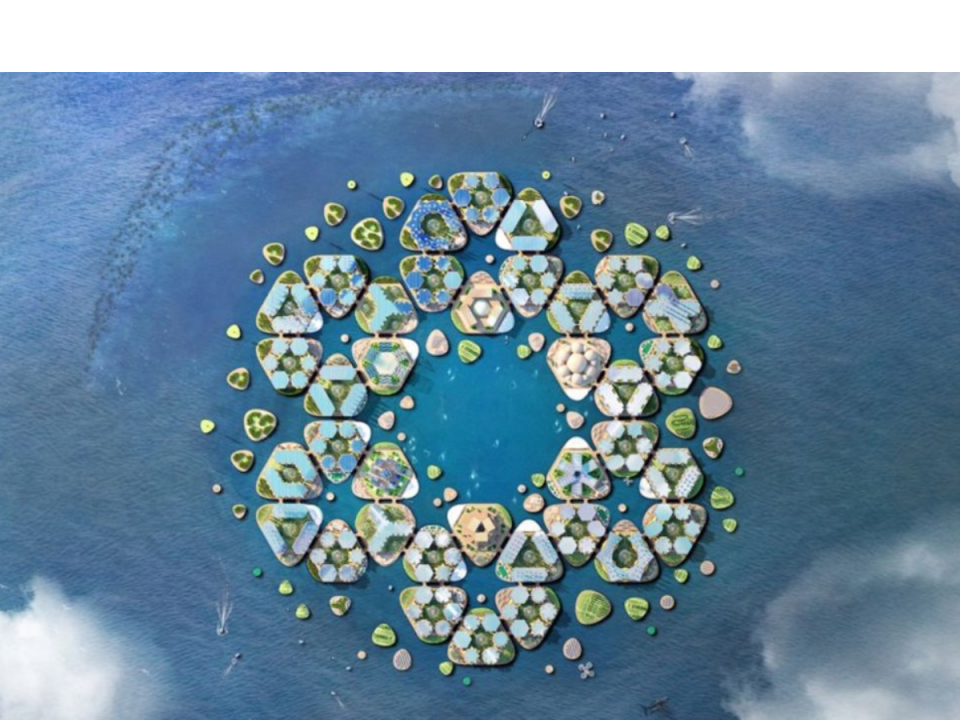The Maldives has traditionally been the idyllic tropical escape, and this was especially true during the epidemic. 1.3 million travelers arrived in 2018, virtually back to pre-pandemic levels, compared to 1.7 million travelers in 2019. And now that sea levels are rising, the country with the lowest elevation in the world could finally have a steady answer.
It has recently been given the go-ahead to build The Maldives Floating City, which will consist of 5,000 homes connected to one another and anchored to the floor of a 500-acre lagoon in order to conserve and improve the ecosystem’s natural and cultural components.
The project, which is centered on an integrated tourist strategy and located 15 minutes by boat from Malé and the international airport, will have hotels, homes, stores, and restaurants.
It will be a car-free area that can only be traveled on foot, by bicycle, electric, noise-free buggies, and scooters, as well as on the natural white sand roads and canals.
The option of acquiring a residence permit in conjunction with a home purchase is also available to visitors from abroad.
In order for people to have a sense of how the homes will appear and feel, Bison will ship the first floating dwelling complex to the lagoon and offer it to the public for viewing in August. The building of the modular metropolis is expected to begin in January 2023 and last for around five years.
Private-public cooperation between Dutch Docklands and the island’s government has resulted in The Maldives Floating City.
Koen Olthuis, an architect, and Paul van de Camp, a developer, are the project’s founders. Dutch Docklands depends on floating technology from the country, which has a long history of creating buildings to survive floods.
At the 2022 MIPIM Awards, sometimes known as the Asian Oscars for international development, the design by architectural company Waterstudio was a nominee for the Best Futura Project award.
The supply and waste management, excess energy in the smart grid, and the shadows that its large structure would cast on the seabed that might impair marine life were just a few of the many factors that influenced the design and urban planning. Another important factor was the projection of sea-rise levels over a 100-year period.
According to the project website, the grid of the city is “a nature-based structure of roads and water canals resembling the beautiful and efficient way in which real brain coral is organized,” and it will also encourage coral growth with synthetic coral banks tied to its underside, which will, in turn, include a natural wave-reduction breaker.
As a sustainable option, floating architecture is becoming more popular due to the threat of climate change. The floating neighborhood of Waterbury in Amsterdam and floating hotels like Copenhagen’s Hotel CPH Living and France’s Off Paris Seine are recent innovations.
Traditional examples include the naturally occurring reed islands on Lake Titicaca and the artificial aquaculture ponds shaped from floating vegetation in Manipur. If all goes according to plan, The Maldives Floating City will be seen in 2027.
